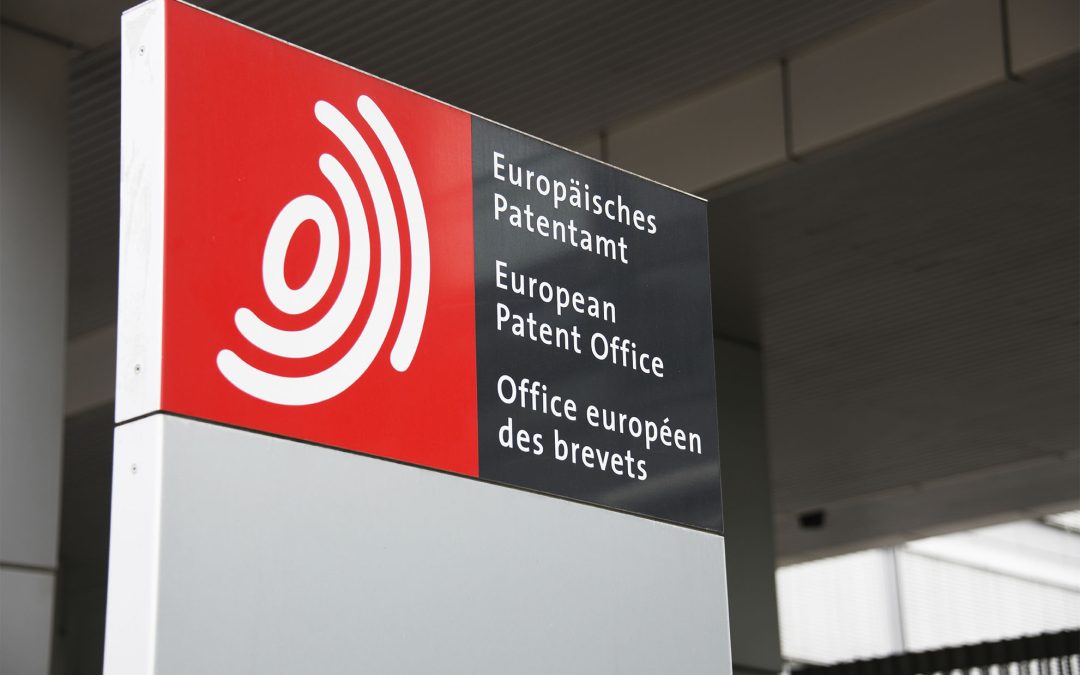After almost two years of waiting, the Enlarged Board of Appeal published their long-awaited – some would say feared – decision G 2/21 on March 23, 2023 (1). In a nut shell: the disaster fails. But in detail:
What is it about?
Briefly, about the question of the admissibility of submitting experimental data after the filing date – i.e., in examination or opposition/appeal proceedings – in order to prove inventive step.
The case concerned Syngenta’s opposition to European Patent EP 2484209 B1 on behalf of Sumitomo Ltd, related to insecticide compositions. The patent proprietor had submitted comparative tests in support of its argument on inventive step, the basic admissibility of which was disputed by the opponent.
Questions to the Enlarged Board of Appeals
In its interlocutory decision T 116/18 of October 11, 2021 the Technical Board of Appeal 3.3.02 had to deal with the following situation: If for acknowledgement of inventive step, the patent proprietor relies on a technical effect and has submitted evidence, such as experimental data, to prove such an effect, this evidence not having been public before the filing date of the patent in suit and having been filed after that date (post-published evidence):
Since the Board considered this a matter of great impact, they referred the following questions of law to the Enlarged Board of Appeal:
1. Should an exception to the principle of free evaluation of evidence be accepted in that post-published evidence must be disregarded on the ground that the proof of the effect rests exclusively on the post-published evidence?
2. If the post-published evidence must be disregarded if the proof of the effect rests exclusively on this evidence, can the post-published evidence be taken into consideration if, based on the information in the patent application in suit or the common general knowledge, the skilled person at the filing date of the patent application in suit would have considered the effect plausible?
3. If the answer to the first question is yes, can the post-published evidence be taken into consideration if, based on the information in the patent application in suit or the common general knowledge, the skilled person at the filing date of the patent application in suit would have seen no reason to consider the effect implausible (ab initio implausibility)?
The disaster turned out
It had long been feared that the Enlarged Board of Appeal might severely curtail the EPO’s hitherto very applicant-friendly course and ultimately make the subsequent filing of experimental data virtually impossible. Not for nothing did industry and the attorney associations address the Board in more than 50 amicus curae briefs, presenting their arguments for a continuation of the liberal course.
After apparently extensive evaluation of relevant decisions of the national offices of Switzerland, the Netherlands, Germany, France as well as Great Britain, the Board has summarized its view in two guiding principles:
1. Evidence submitted by a patent applicant or proprietor to prove a technical effect relied upon for acknowledgement of inventive step of the claimed subject-matter may not be disregarded solely on the ground that such evidence, on which the effect rests, had not been public before the filing date of the patent in suit and was filed after that date.
2. A patent applicant or proprietor may rely upon a technical effect for inventive step if the skilled person, having the common general knowledge in mind, and based on the application as originally filed, would derive said effect as being encompassed by the technical teaching and embodied by the same originally disclosed invention.
Consequences
According to the 1st guiding principle, the subsequent submission of experimental data cannot be refused by the Office solely because they were submitted after the filing date. At the same time, however, it is emphasized that Boards of Examination, Opposition and Appeal have the right to freely assess evidence, i.e., they may very well reject subsequently submitted documents for other reasons.
The 2nd guiding principle formulates a mandatory requirement for the nature of the subsequently filed documents: they must be apparent to the person skilled in the art as being in accordance with the invention and its technical teaching. In other words, if the invention solves problem “A” according to the originally submitted documents, the experimental results must also be related to the solution of this specific problem. What sounds spontaneously obvious is, however, by no means so: if, for example, the cited prior art requires the modification of the original task by moving from problem “A” to problem “B” , then the existence of this new problem can no longer be justified (at least exclusively) by subsequently submitted experimental results.
Now that EPO has suspended numerous proceedings in recent months until publication of G 2/21 and must now finalize them, we will quickly learn how the Office will apply the decision in daily practice.

